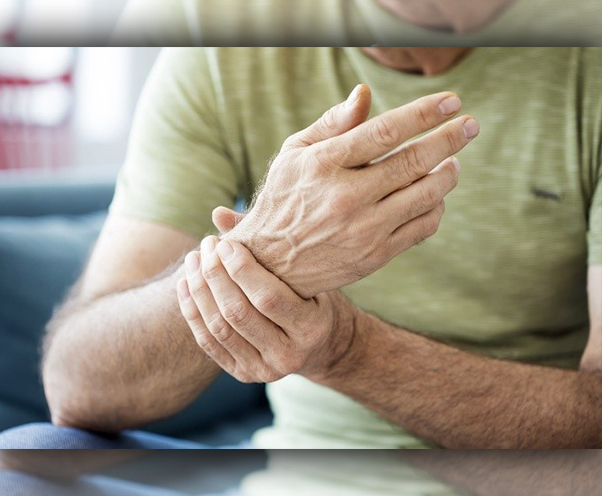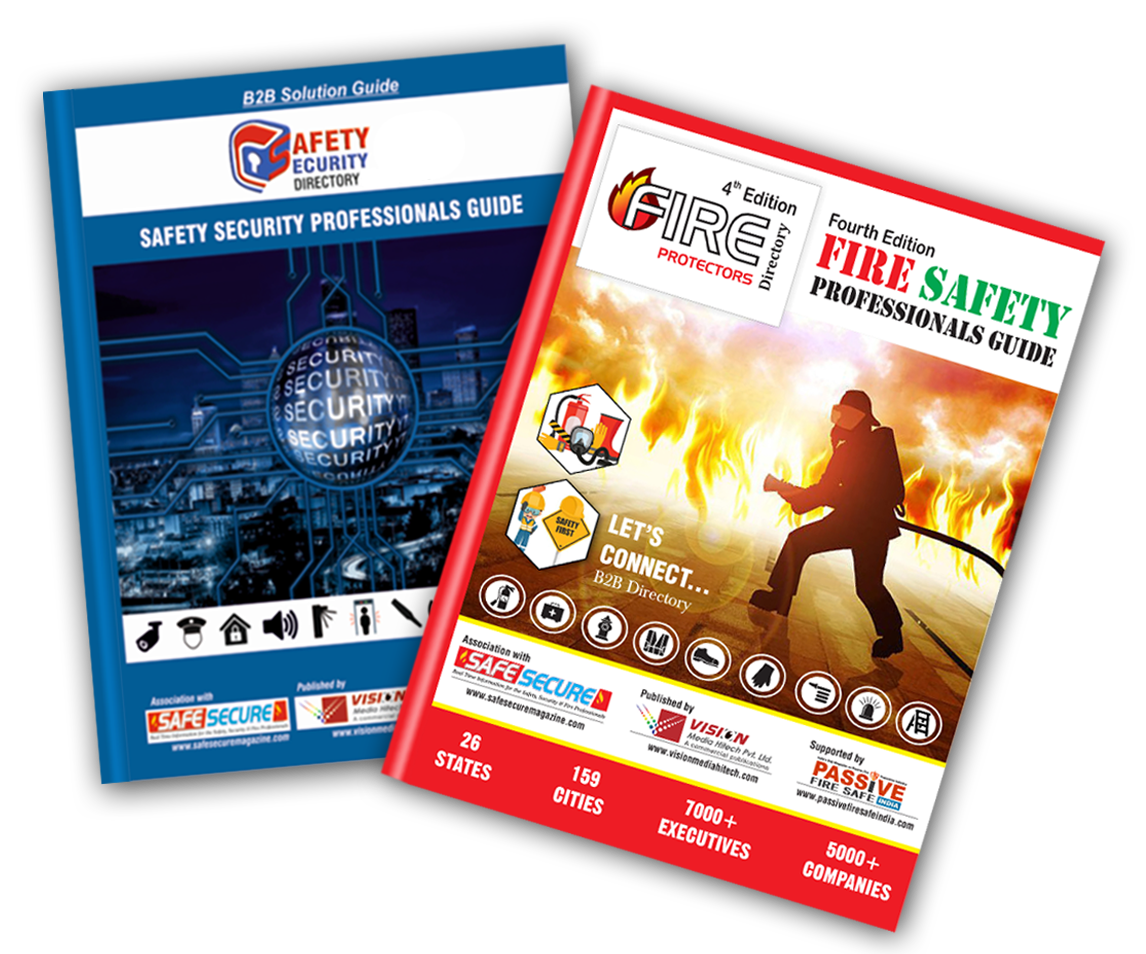Vibration-Induced Injuries: How to Recognize and Prevent HAVS?

Hand-Arm Vibration Syndrome (HAVS) is a serious condition caused by prolonged exposure to vibrating tools. It leads to numbness, pain, and reduced grip strength, potentially causing permanent damage. Prevention includes using anti-vibration gloves, limiting exposure time, and regular medical checkups. Early detection is crucial for preventing irreversible harm.
Hand-Arm Vibration Syndrome (HAVS) is a progressive, occupational disease caused by prolonged exposure to vibrating tools and machinery. It affects workers in industries like construction, mining, forestry, and manufacturing, leading to nerve, blood vessel, and muscle damage in the hands and arms.
The condition, once known as "vibration white finger", is now recognized as a serious workplace hazard. HAVS is irreversible if left untreated, but with proper prevention and early intervention, its impact can be minimized. This article explores HAVS causes, symptoms, effects, and prevention strategies to protect workers from this disabling condition.
What Causes HAVS?
HAVS develops when workers are exposed to vibrations from handheld or hand-guided power tools over extended periods. The vibrations damage blood vessels, nerves, and muscles, leading to impaired circulation and sensation.
Common Tools That Cause HAVS
• Power drills and hammers
• Chainsaws and brush cutters
• Grinders and sanders
• Impact wrenches and jackhammers
• Concrete breakers and compactors
These tools generate high-frequency vibrations, which, when transmitted to the hands and arms over time, lead to progressive damage.
Symptoms of HAVS
HAVS symptoms develop gradually and worsen with continued exposure. The symptoms are categorized into three main stages:
1. Early Symptoms (Reversible)
• Tingling and numbness in fingers
• Loss of grip strength
• Increased sensitivity to cold
2. Moderate Symptoms (Progressive Damage)
• Frequent attacks of white fingers (Raynaud's phenomenon)
• Difficulty performing fine motor tasks
• Pain and discomfort in hands and wrists
3. Advanced Symptoms (Permanent Damage)
• Fingers turn white and then red upon warming
• Severe pain and loss of dexterity
• Permanent nerve damage causing chronic numbness
• Muscle atrophy (wasting) in hands
Without intervention, HAVS can become disabling, making even simple tasks like buttoning a shirt or holding objects difficult.
Effects of HAVS on Workers
HAVS affects not just physical health but also job performance and quality of life.
1. Reduced Work Efficiency
• Loss of hand function makes operating tools difficult.
• Workers may need frequent breaks due to pain and discomfort.
2. Increased Workplace Accidents
• Numbness and poor grip strength increase the risk of dropping tools.
• Impaired dexterity can lead to errors and safety hazards.
3. Long-Term Disability
• In severe cases, HAVS prevents workers from performing manual jobs.
• Some may require job changes or early retirement due to disability.
4. Psychological and Social Impact
• Chronic pain and disability lead to stress, anxiety, and depression.
• Reduced ability to perform daily activities and hobbies affects well-being.
Prevention Strategies for HAVS
Since HAVS is preventable but not curable, workplaces must focus on risk reduction and protective measures.
1. Use Anti-Vibration Tools and Equipment
• Choose tools with built-in vibration-damping technology.
• Maintain tools regularly to prevent excessive vibration.
• Use ergonomic grips and shock absorbers to reduce vibration transmission.
2. Limit Exposure Time
• Follow the "time-on, time-off" principle to reduce continuous exposure.
• Rotate tasks among workers to distribute vibration exposure.
• Use automated tools when possible to reduce manual handling.
3. Wear Protective Gear
• Anti-vibration gloves help absorb vibration and improve grip.
• Wear warm gloves in cold environments to maintain blood circulation.
• Use padded handles and wrist supports for extra protection.
4. Maintain Proper Work Techniques
• Hold tools lightly instead of gripping tightly.
• Avoid pressing tools against surfaces with excessive force.
• Take regular breaks to prevent prolonged exposure.
5. Workplace Safety Policies
• Employers should implement HAVS monitoring programs.
• Provide regular health checkups to detect early symptoms.
• Conduct training sessions on HAVS risks and safe tool use.
Medical Management and Treatment
While HAVS cannot be reversed once severe, early detection can help manage symptoms.
1. Medical Diagnosis
• Doctors use nerve conduction tests, thermal imaging, and Doppler ultrasound to assess blood flow and nerve function.
• Workers with early symptoms should report them immediately for intervention.
2. Treatment Options
• Medication: Pain relievers, muscle relaxants, and anti-inflammatory drugs.
• Physical Therapy: Hand exercises improve circulation and grip strength.
• Lifestyle Changes: Avoid smoking (which restricts blood flow) and keep hands warm.
3. Workplace Adjustments
• Workers diagnosed with HAVS may need job modifications to reduce vibration exposure.
• Employers should provide ergonomic solutions and adjust work schedules.
Legal and Regulatory Aspects
Governments and workplace safety organizations enforce regulations to protect workers from HAVS.
1. Occupational Safety Standards
• OSHA (Occupational Safety and Health Administration) in the US requires employers to monitor vibration levels and implement control measures.
• HSE (Health and Safety Executive) in the UK provides guidelines on vibration exposure limits.
• ISO 5349 sets international standards for hand-arm vibration exposure.
2. Employer Responsibilities
• Conduct vibration risk assessments.
• Provide training and personal protective equipment (PPE).
• Monitor workers’ health through regular medical checkups.
3. Worker Rights
• Workers have the right to safe working conditions.
• Employees diagnosed with HAVS may qualify for compensation or disability benefits.
Conclusion
Hand-Arm Vibration Syndrome (HAVS) is a serious but preventable condition affecting workers exposed to prolonged vibrations. Early intervention, protective equipment, and proper work techniques can help reduce the risks. Employers and workers must work together to implement safety measures, monitor health, and adopt anti-vibration tools to ensure a safe and productive workplace.





.png)







